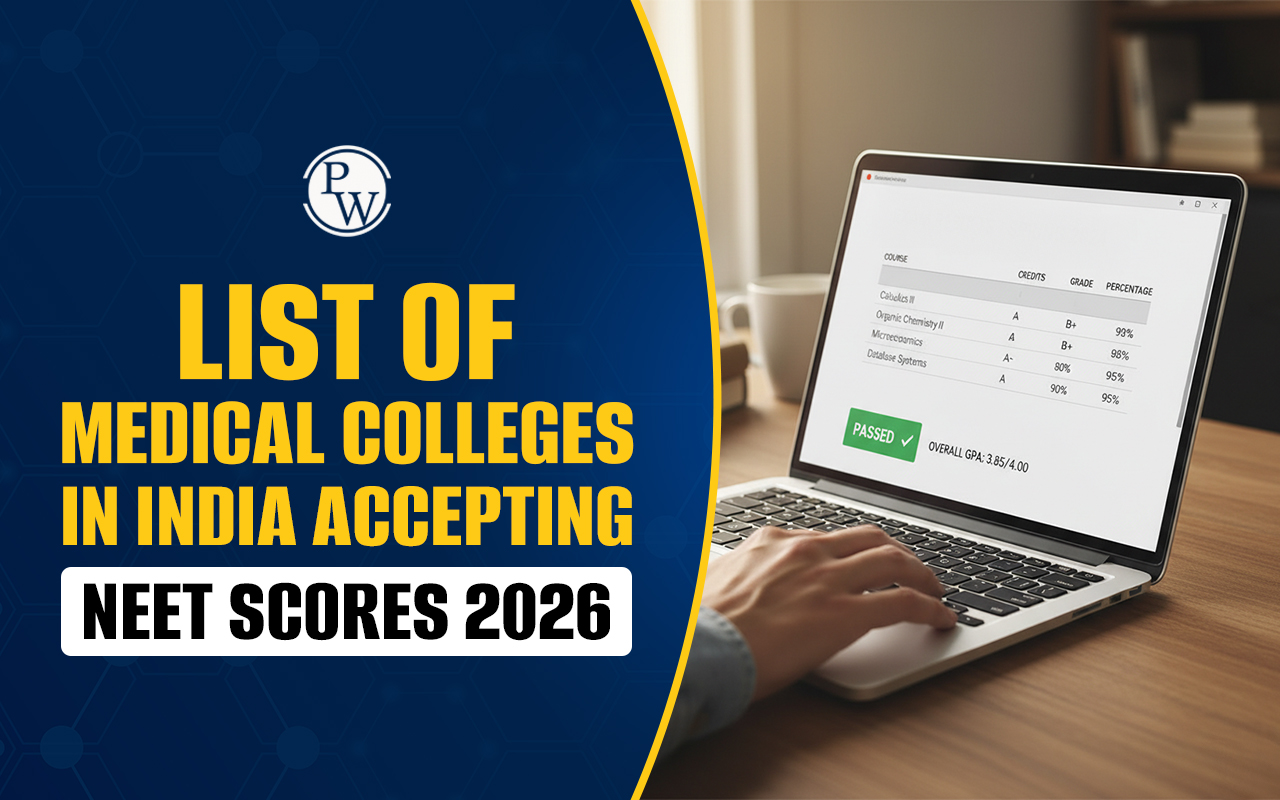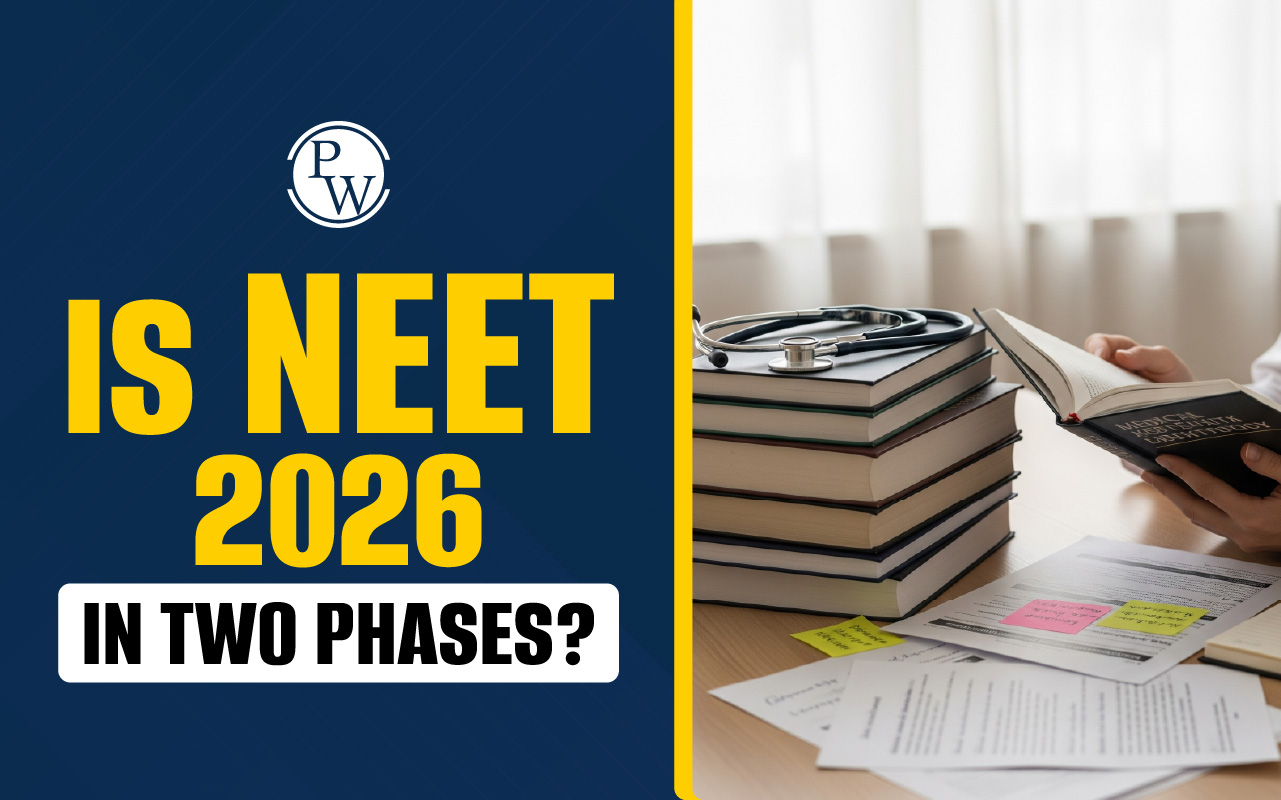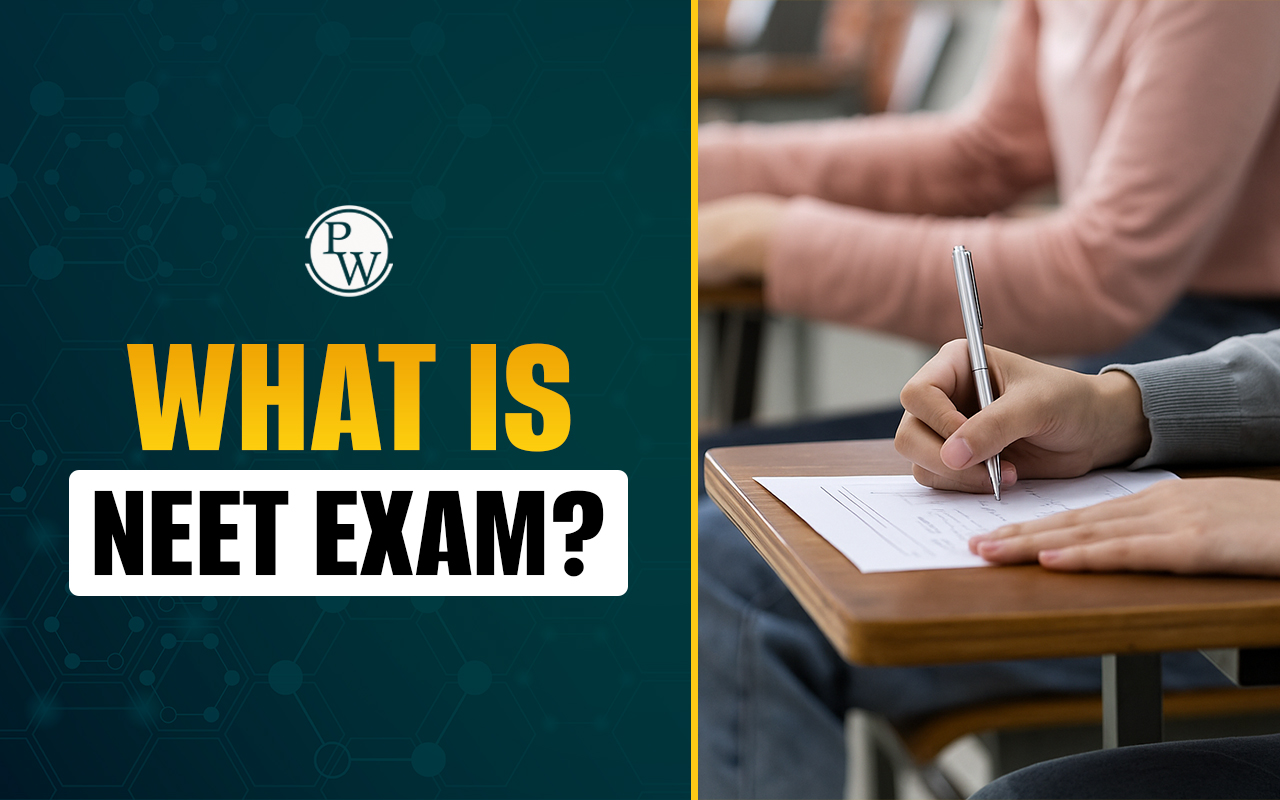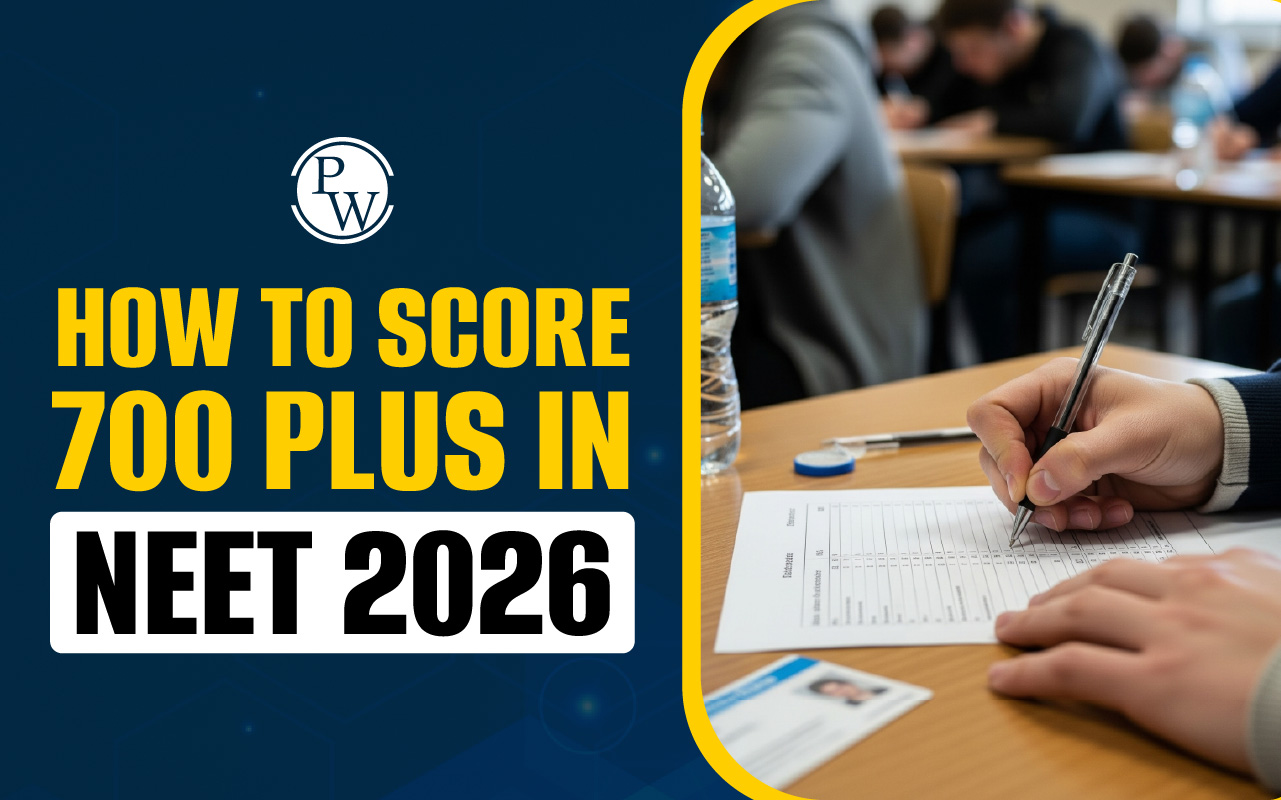
Reproductive Health Important Questions for NEET 2025: Reproductive health is a vital topic in the NEET 2025 syllabus , addressing essential aspects of human health and well-being. It includes topics like reproductive anatomy, hormonal regulation, infertility, sexually transmitted diseases (STDs), and contraceptive methods. Understanding these concepts is crucial for aspiring medical students to excel in their exams and build a solid foundation for their medical careers.
Reproductive Health Important Questions for NEET Overview
Reproductive health-related questions in NEET 2025 focus on the biological, physiological, and medical aspects of human reproduction. These questions evaluate a student’s knowledge of key processes, terminologies, and applications in real-world medical scenarios. Mastering this section is important as it connects theoretical knowledge with practical implications in healthcare.
Also Check:
What is Reproductive Health?
Reproductive health refers to the complete physical, mental, and social well-being related to the reproductive system. It encompasses safe and healthy practices in reproduction, prevention and treatment of diseases, and informed choices regarding contraception and family planning. This field also promotes awareness about STDs, infertility treatments, and the importance of reproductive rights.
Practice Questions for Reproductive Health for NEET
Here are some examples of important practice questions from the Reproductive Health:
Q1 How many technologies in the list given below involves in-vivo fertilisation?GIFT, ZIFT, ICSI, IUT, AI, IUI
- Six
- Three
- Two
- One
Q2 World population which was around ___ billion in 1900 rocketed to about ___ billion by 2000 and___ billion in 2011.
- 4, 6, 8
- 2, 6, 7.2
- 3, 6, 7.2
- 4, 6, 7.2
Q3 An ideal contraceptive:
- should not be user-friendly.
- should not be irreversible.
- should not be effective and reversible with less side effects.
- should interfere with the sexual drive.
Q4 Given below are two statements:Statement I: The chances of fertilization are very low from day 10 to 17 of the menstrual cycle.
Statement II: STIs can lead to ectopic pregnancy and stillbirths.
In the light of the above statements, choose the most appropriate answer from the options given below:
- Both Statement I and Statement II are correct.
- Statement I is correct, but Statement II is incorrect.
- Statement I is incorrect, but Statement II is correct.
- Both Statement I and Statement II are incorrect.
Q5 Emergency contraceptives are effective if used within:
- 72 hours of coitus.
- 72 hours of ovulation.
- 72 hours of menstruation.
- 72 hours of implantation.
Q6 Which of the following is Non-medicated IUD?
- Multiload 375
- Progestasert
- Lippes loop
- Both (B) and (C)
Q7 Given below are two statements:Statement I: Copper ions released within the female reproductive tract suppress sperm motility and the fertilizing capacity of sperm.
Statement II: Hormone-releasing IUDs make the uterus suitable for implantation and the cervix hostile to the sperms.
In the light of the above statements, choose the most appropriate answer from the options given below:
- Both Statement I and Statement II are correct.
- Statement I is correct, but Statement II is incorrect.
- Statement I is incorrect, but Statement II is correct.
- Both Statement I and Statement II are incorrect.
Q8 Oral administration of small doses of either__X___ or progestogen–estrogen combinations isthe contraceptive method used by the __Y___.
- X - progestogens, Y - females
- X - progestogens, Y - males
- X - estrogen, Y - females
- X - testosterone, Y - males
Q9 Given below are two statements:Statement I: Contraceptive pills inhibit ovulation and implantation as well as alter the quality of cervical mucus to prevent/retard entry of sperm.
Statement II: Pills are very less effective with more side effects and are not well accepted by females.
In the light of the above statements, choose the most appropriate answer from the options given below:
- Both Statement I and Statement II are correct.
- Statement I is correct, but Statement II is incorrect.
- Statement I is incorrect, but Statement II is correct.
- Both Statement I and Statement II are incorrect.
Q10 Given below are two statements:Statement I: In tubectomy, a small part of the vas deferens is removed or tied up through a small incision on the scrotum.
Statement II: Surgical intervention blocks gamete transport and thereby prevent conception.
In the light of the above statements, choose the most appropriate answer from the options given below:
- Both Statement I and Statement II are correct.
- Statement I is correct, but Statement II is incorrect.
- Statement I is incorrect, but Statement II is correct.
- Both Statement I and Statement II are incorrect.
Q11 What is one of the primary grounds for medical termination of pregnancy (MTP)?
- Pregnancy involves a risk to the woman's career.
- Pregnancy poses a risk to the life or mental/physical health of the woman.
- The woman is below 18 years of age.
- The pregnancy was planned.
Q12 Prevention of transmission of STDs is possible by:
- avoiding sex with unknown persons/multiple persons.
- using barrier methods during sexual activity.
- consulting a qualified doctor for early detection and getting a complete diagnosis of the disease.
- All of these
Q13 STDs lead to the: I. minor complications like itching, fluid discharge, slight pain, and swellings. II. major complications like pelvic inflammatory diseases. III. problems like infertility, and abortions. IV. cancer of the reproductive tract. Choose the correct option.
- I, II, and IV only
- I, II, and III only
- I, III, and IV only
- All of these
Q14 What is false for GIFT?
- It is Gamete Intra-Fallopian Transfer.
- Ovum from a donor is transferred into the oviduct of the recipient.
- A zygote from a donor is transferred into the oviduct of the recipient.
- The recipient cannot produce ovum.
Q15 What is false for ZIFT?
- ZIFT – Zygote Intra Fallopian Transfer.
- It follows IVF.
- It is related to zygote or early embryo.
- Embryos with more than 8 blastomeres are transferred to the uterus.
Q16 Lactational amenorrhea is effective up to a maximum period of:
- 3 months.
- 6 months.
- 9 months.
- 12 months.
Q17 Reproductive health in society can be improved by: I. introduction of sex education in schools. II. increased medical assistance. III. awareness about contraception and STDs. IV. equal opportunities for male and female child. V. encouraging myths and misconceptions.
- I, II and V only
- III, IV and V only
- I, II, III and IV only
- I, III and V only
Q18 In the test tube baby procedure;
- fertilisation is in vitro but embryo development is invivo.
- both fertilisation and embryonic development are in vitro.
- fertilisation is in vivo but embryo development is in vitro.
- both fertilisation and embryonic development are in vivo.
Q19 A statutory ban on amniocentesis in India was necessary because:
- it is a very expensive.
- it can tell about chromosomal aberrations.
- it is an invasive procedure and carries a high risk of abortions.
- it can be used for pre-natal sex determination of the fetus leading to female foeticide.
Q20 Infertility is when a couple fails to conceive after:
- 4 years of unprotected sex.
- 3 years of unprotected sex.
- 2 years of unprotected sex.
- 1 year of unprotected sex.
Q21 Given below are two statements: one is labelled as Assertion A and the other is labelled as Reason R. Assertion A: In amniocentesis, some of the amniotic fluid of the developing foetus is taken to analyse the foetal cells and dissolved substances. Reason R: Amniocentesis is used legally to check the gender of developing foetus. In the light of the above statements, choose the correct answer from the options given below:
- A is true but R is false.
- A is false but R is true.
- Both A and R true and R is the correct explanation of A.
- Both A and R true and R is not the correct explanation of A.
Q22 Which of the following reasons make condoms one of the most commonly used contraceptives?
- These are effective barriers for insemination.
- They do not interfere with coital act.
- These help in reducing the risk of STDs.
- All of these
Q23 Read the following statements (I-V). I. STDs are reported to be very high among persons in the age group of 15-24 years. II. Medical termination of pregnancy (MTP) during first trimester is generally safe. III. Nearly 145 to 150 million MTPs are performed in a year all over the world. IV. Spermicidal creams, jellies and foams are usually used along with barriers to decrease their contraceptive efficiency. V. LNG-20 is a type of hormone releasing IUD. How many of the above statements are incorrect?
- One
- Two
- Three
- Four
Q24 Refer to the given figure of human female reproductive system where P, Q, R and S are the locations that are affected by different birth control measures.
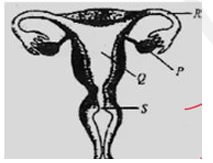
- Birth control measure effective at Q could be a diaphragm or a vault cap.
- Birth control measure effective at S prevents fertilisation by blocking the entry of sperms.
- Birth control measure effective at R is surgical and reversibility is very poor.
- Birth control measure effective at P inhibits ovulation.
Q25 Given below are two statements: one is labelled as Assertion A and the other is labelled as Reason R: Assertion (A): MTP is the best method of birth control. Reason (R): MTPs could be unsafe and fatal. In the light of the above statements, choose the correct answer from the options given below:
- A is true but R is false.
- A is false but R is true.
- Both A and R true and R is the correct explanation of A.
- Both A and R true and R is not the correct explanation of A.
Q26 Match List-I with List-II.
List-I |
List-II |
| A Coitus interruptus | I Block gamete transport |
| B Cu7 | II Withdrawing penis before ejaculation |
| C Vaults | III Reduces the fertilising capacity of sperms |
| D Tubectomy | IV Prevent physical meeting of sperm and ovum |
- A-I, B-III, C-IV, D- II
- A-II, B-III, C-IV, D- I
- A-III, B-I, C-IV, D- II
- A- II, B-I, C-IV, D-III
Q27 Read the following statements about "Saheli"? I. Developed at the CDRI, Lucknow. II. Contains a steroidal preparation. III. It is a Once-a-week pill. IV. Has many side e ects. V. Has high contraceptive value. Choose the option with correct statements.
- I and II
- I, III and V
- II and IV
- All of These.
Q28 Match List-I with List-II.
| List-I | List-II |
| A. Government of India legalised MTP in | I. 1951 |
| B. Family planning introduced in India | II. 1971 |
| C. Nirodh | III. Barrier method |
| D. Implants | IV. Under the skin |
- A - (IV), B - (III), C - (II), D - (I)
- A - (I), B - (II), C - (III), D - (IV)
- A - (II), B - (III), C - (I), D - (IV)
- A - (II), B - (I), C - (III), D - (IV)
Q29 Match List-I with List-II.
| List-I | List-II |
| I. Lactational amenorrhoea | A. Directly injecting a sperm into the ovum |
| II. ICSI | B. Transfer of embryos with more than 8 blastomeres, into the uterus |
| III. IUI | C. Suppression of gonadotropins |
| IV. IUT | D. Semen collected from husband or donor is artificially introduced into the uterus |
- I-B, II-D, III-A, IV-C
- I-C, II-A, III-D, IV-B
- I-D, II-C, III-A, IV-B
- I-A, II-D, III-C, IV-B
Q30 Match List-I with List-II.
| List-I | List-II |
| I. Copper T | A. Permanent method |
| II. Vasectomy | B. Reusable |
| III. Pills | C. Intrauterine method |
| IV. Diaphragms | D. Hormonal method |
- I-C, II-B, III-A, IV-D
- I-C, II-A, III-D, IV-B
- I-C, II-B, III-D, IV-A
- I-B, II-C, III-D, IV-A
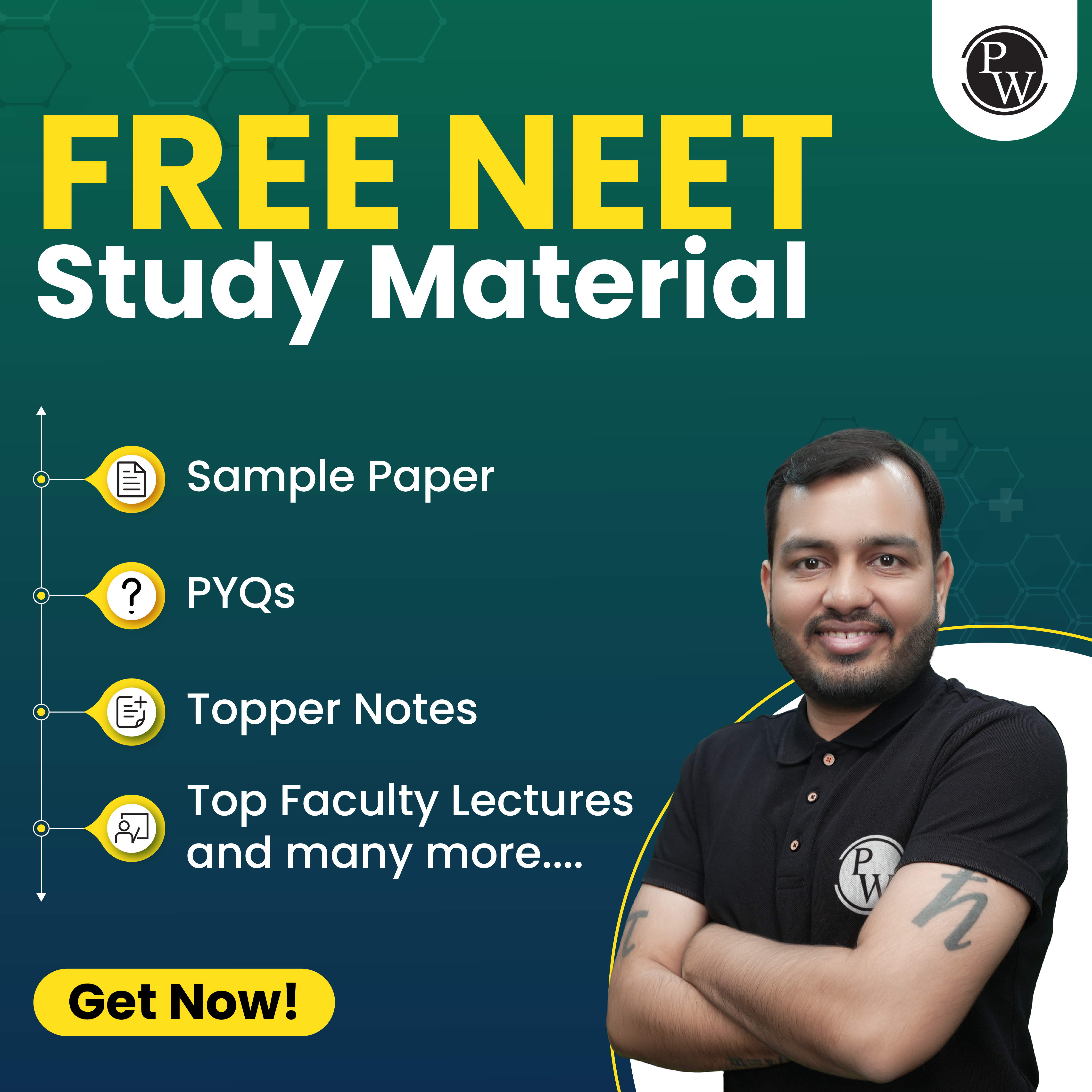
Reproductive Health Important Questions for NEET 2025 PDF
For students preparing for NEET 2025, comprehensive study materials, including a PDF on reproductive health, are invaluable. These PDFs usually provide a collection of important questions, and detailed explanations. Accessing these resources can help streamline preparation, ensuring focused and effective learning.
Download the PDF of Reproductive Health Important Questions for NEET 2025
Prepare for NEET with PW Online NEET Coaching ! Get comprehensive guidance with structured lessons, in-depth concepts, and interactive classes designed to help you succeed.
Reproductive Health Important Questions for NEET 2025 FAQs
What are some questions about reproductive health?
What are the 5 importance of reproductive health?
What are the most important elements of reproductive health?
What questions to ask about reproduction?




